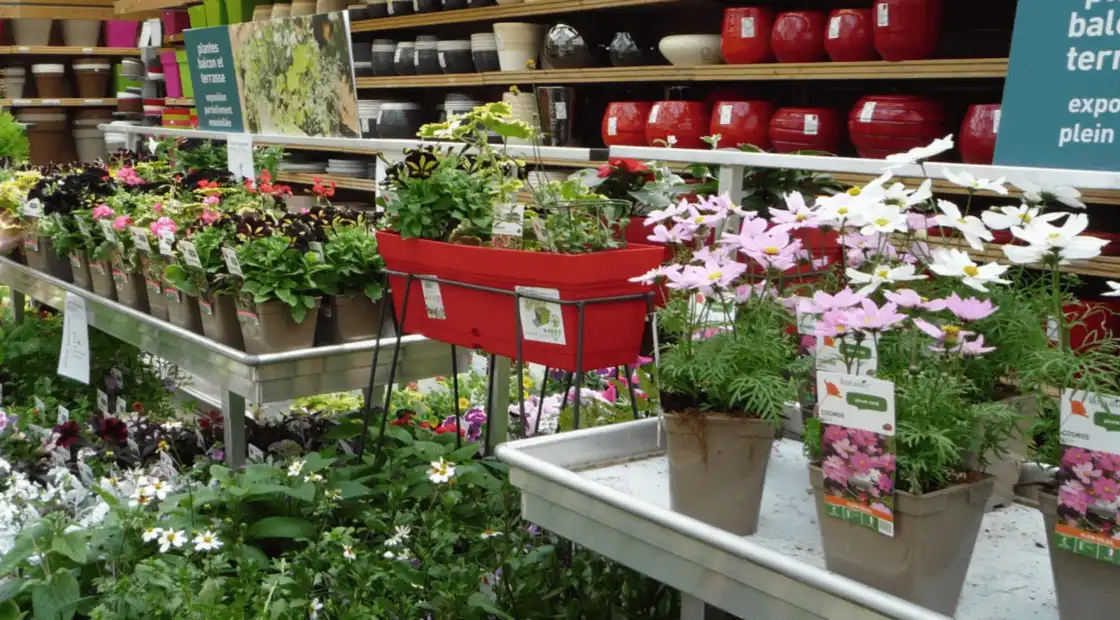Optimizing innovation in ornamental horticulture: challenges and levers

The challenges of innovation in ornamental horticulture
This intervention, proposed at SIVAL 2025 by ASTREDHOR – INSTITUTE OF PLANT PROFESSIONALS , highlighted the risks and opportunities linked to innovation in ornamental horticulture. Every year, new plant varieties are introduced onto the market, but the commercial success of these innovations remains uncertain. The DEXINNOV project, co-financed by CASDAR and VALHOR , sought to identify the factors influencing the adoption of innovations and the existing obstacles in the sector .
Innovations in ornamental horticulture face two types of risks: technical challenges related to production and economic feasibility, and commercial uncertainties regarding consumer acceptance. The study explored these obstacles through surveys of producers and distributors, while analyzing consumer behavior.
Brakes and levers for producers and distributors
The producers surveyed identified two main obstacles to innovation: mastering know-how and controlling costs. Since horticultural production requires specific equipment and significant investments, professionals are reluctant to adopt new varieties without a guarantee of profitability. Moreover, recruitment difficulties add an additional constraint to experimenting with new practices.
The main levers identified are based on the structuring of the sector and collaboration between stakeholders. The tools developed by the interprofessional organization to promote knowledge exchange could facilitate the adoption of new practices. This same need for information sharing was noted by distributors, who were classified into three distinct economic models: large stores, online and event-based commerce, and traditional retailers. Each model has specific characteristics in terms of flexibility and ability to introduce innovations to the market.
Understanding consumer behavior
The dominant model in the sector currently relies on a "technology push" strategy, where innovations are first developed by R&D before being submitted to consumers. This approach minimizes technical risks but does not guarantee public acceptance. An alternative approach, "market pull," proposes integrating consumer expectations from the product design stage.
A survey of 1,000 consumers sheds light on their perceptions of horticultural innovations. The results show that perceived novelty and the product's relative advantage are key factors in the acceptance of an innovation. Functional innovations, such as disease-resistant or easy-to-maintain plants, were favored. For ornamental varieties, emotions play an important role, requiring tailored marketing strategies to generate consumer engagement.
Towards better integration of innovation
To optimize the adoption of new features, the sector Horticultural industry must combine "technology push" and "market pull" approaches. Integrating consumer feedback early in the innovation process is essential to ensure market acceptance of new products. The study also highlighted the importance of distribution models: some innovations will be better suited to specific channels, such as e-commerce or garden centers.
Finally, beyond varietal innovations, there are areas for improvement in marketing strategies, packaging and sales organization. The success of innovations in ornamental horticulture will require better in-store promotion and increased skills among those involved in the sector and communication adapted to consumer expectations.
Speakers:
ANNE LAURE LAROCHE – UMT STRATège Facilitator – UMT STRATège